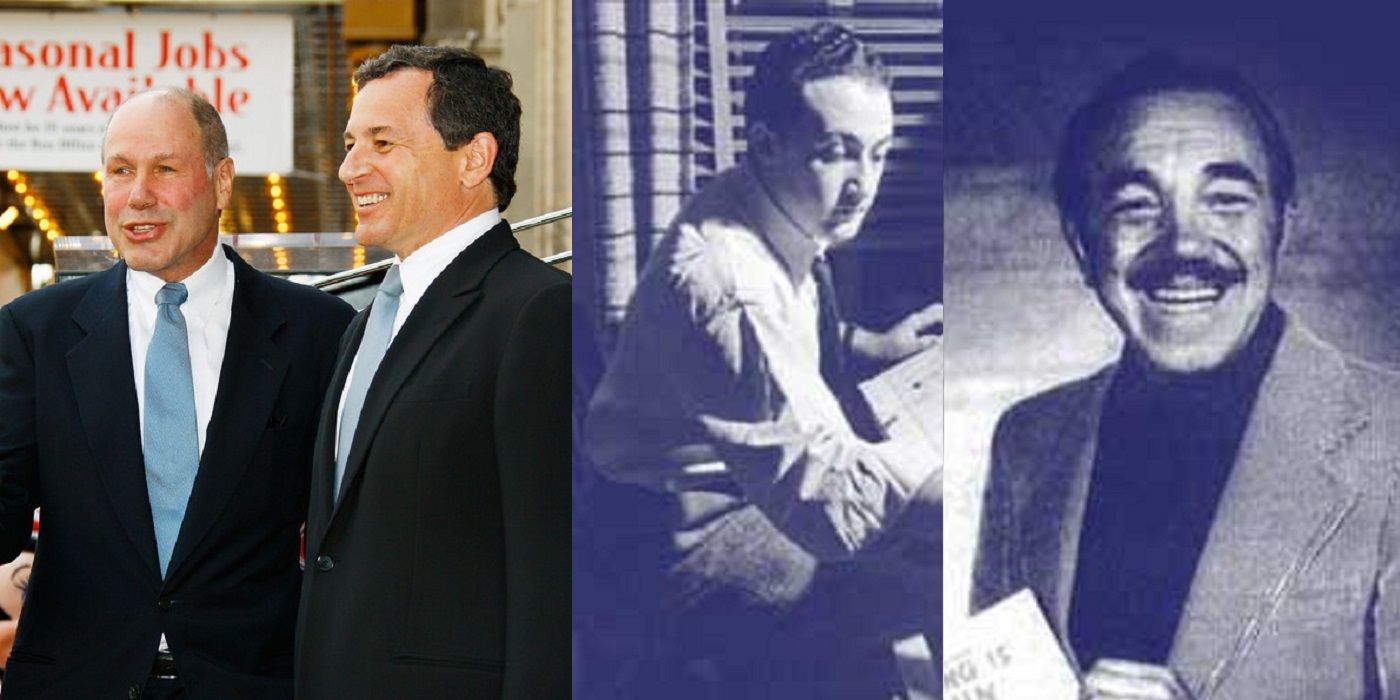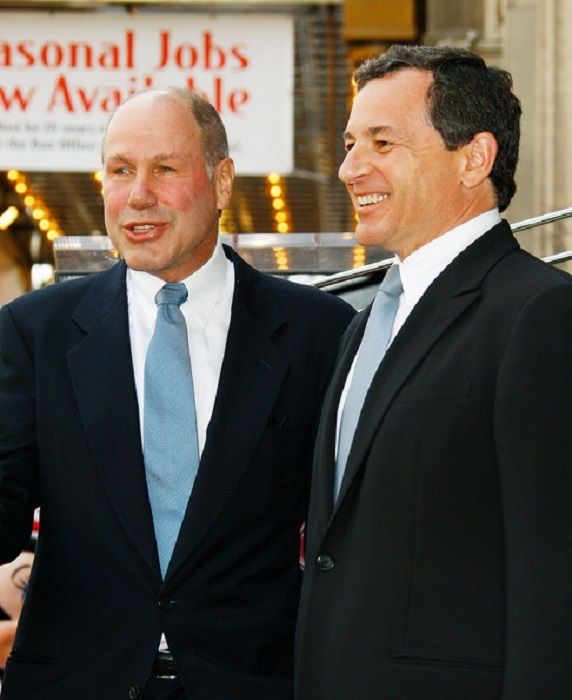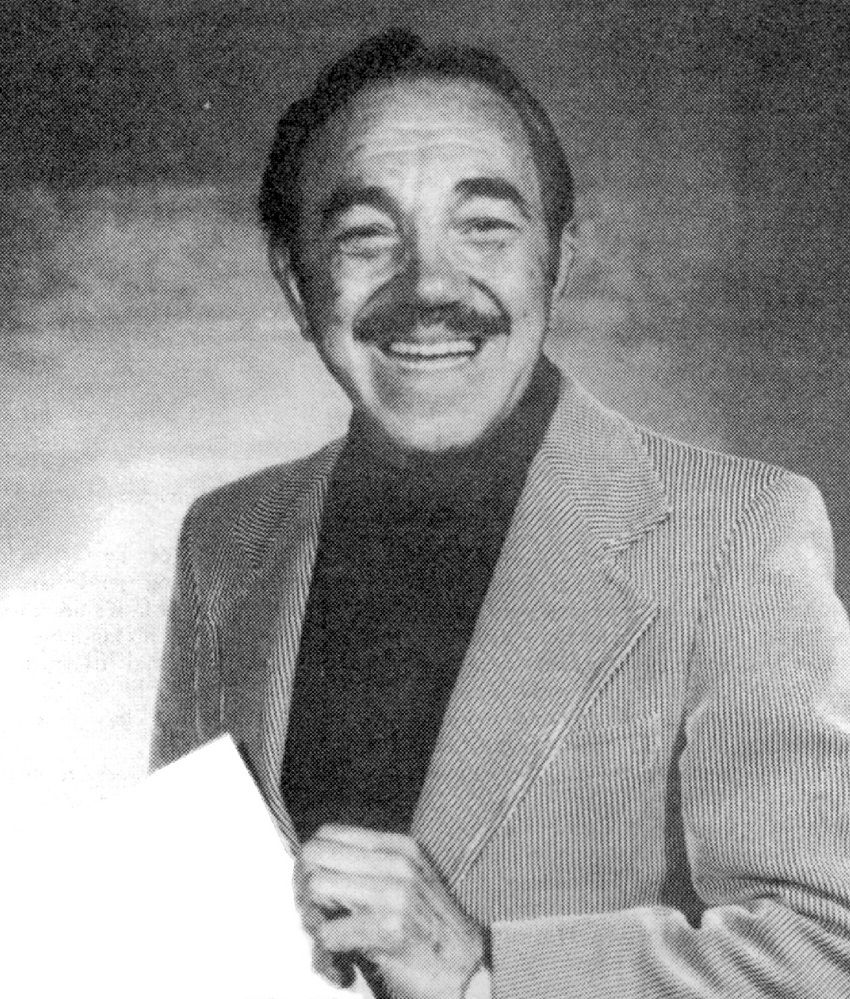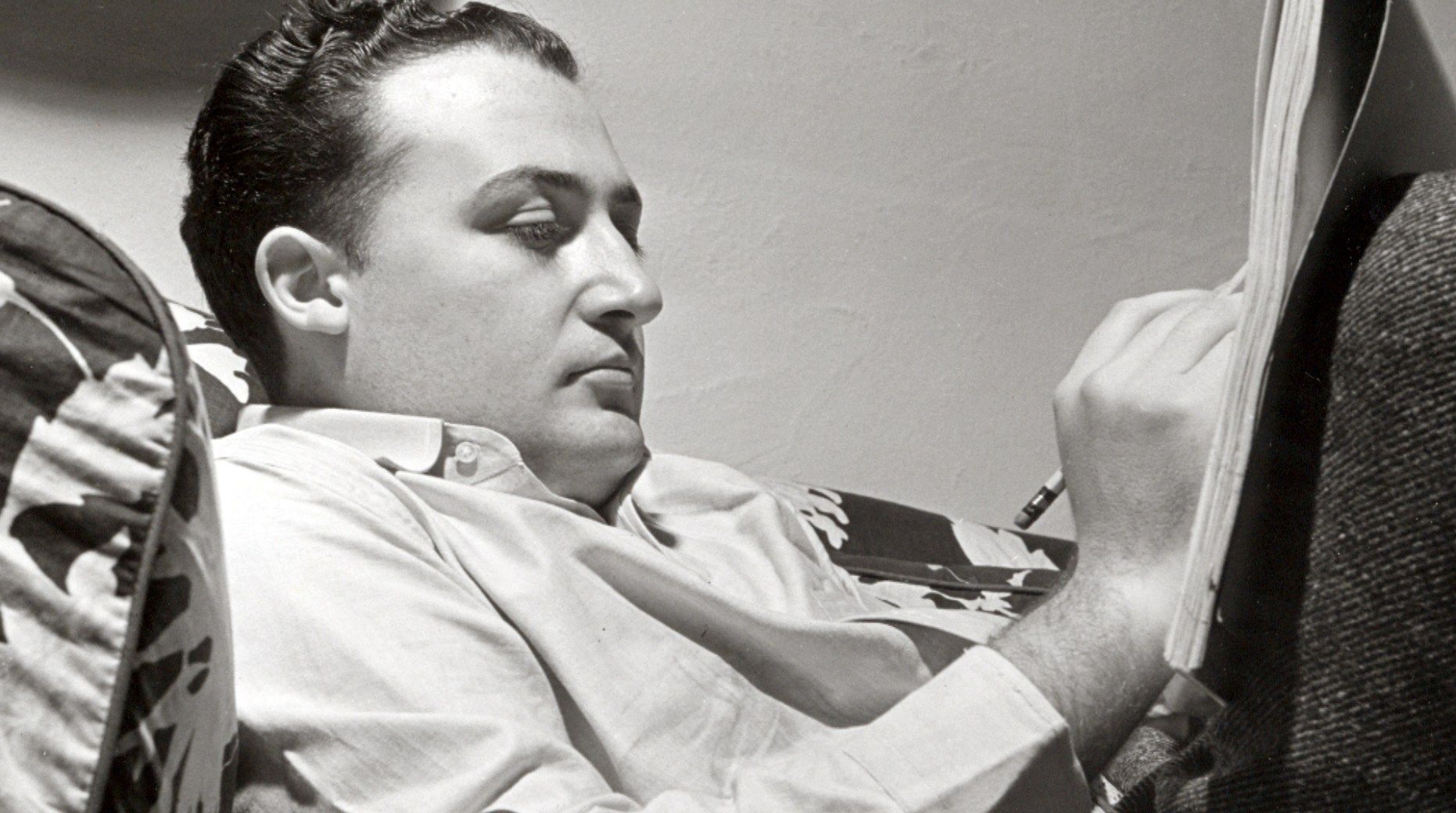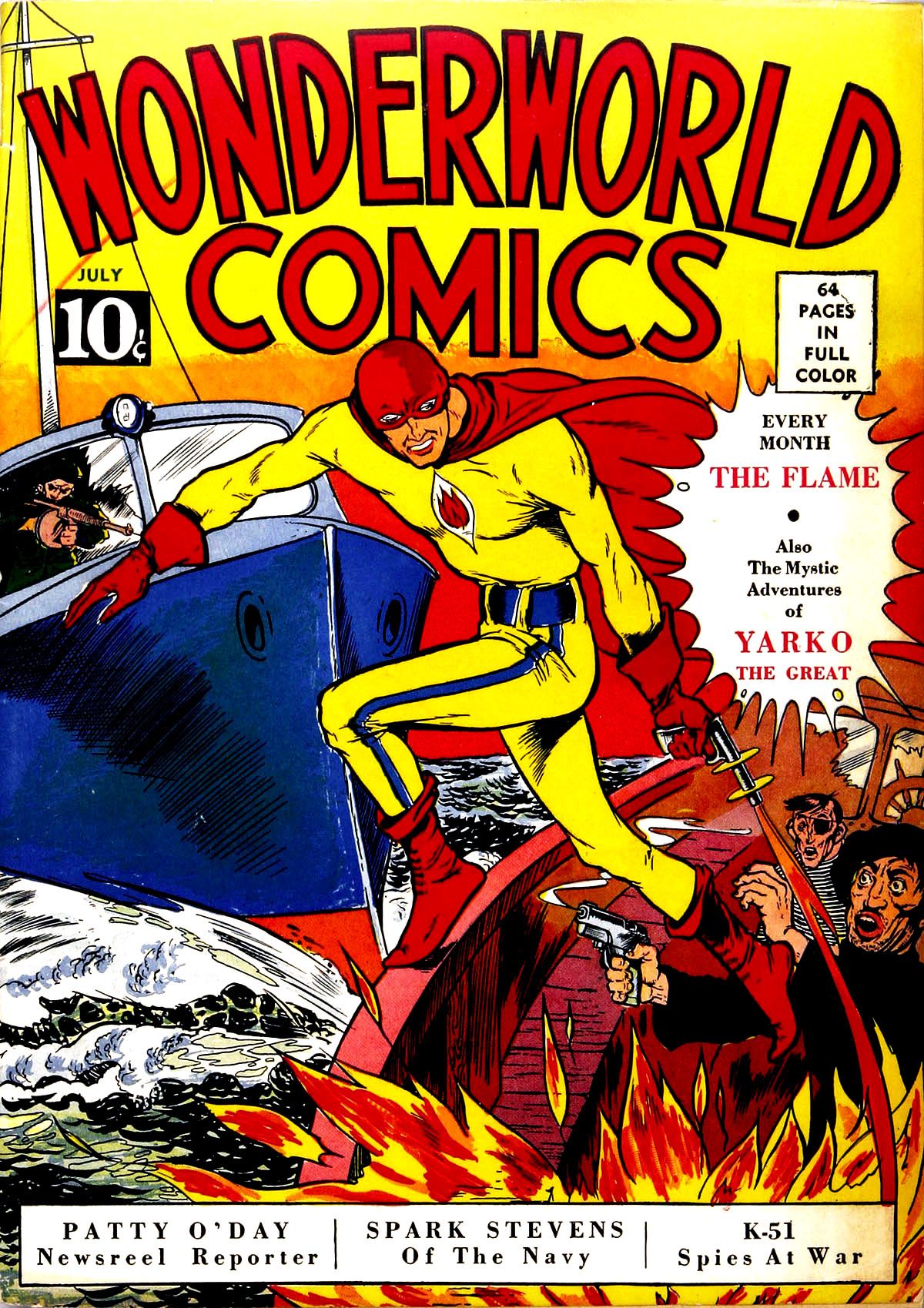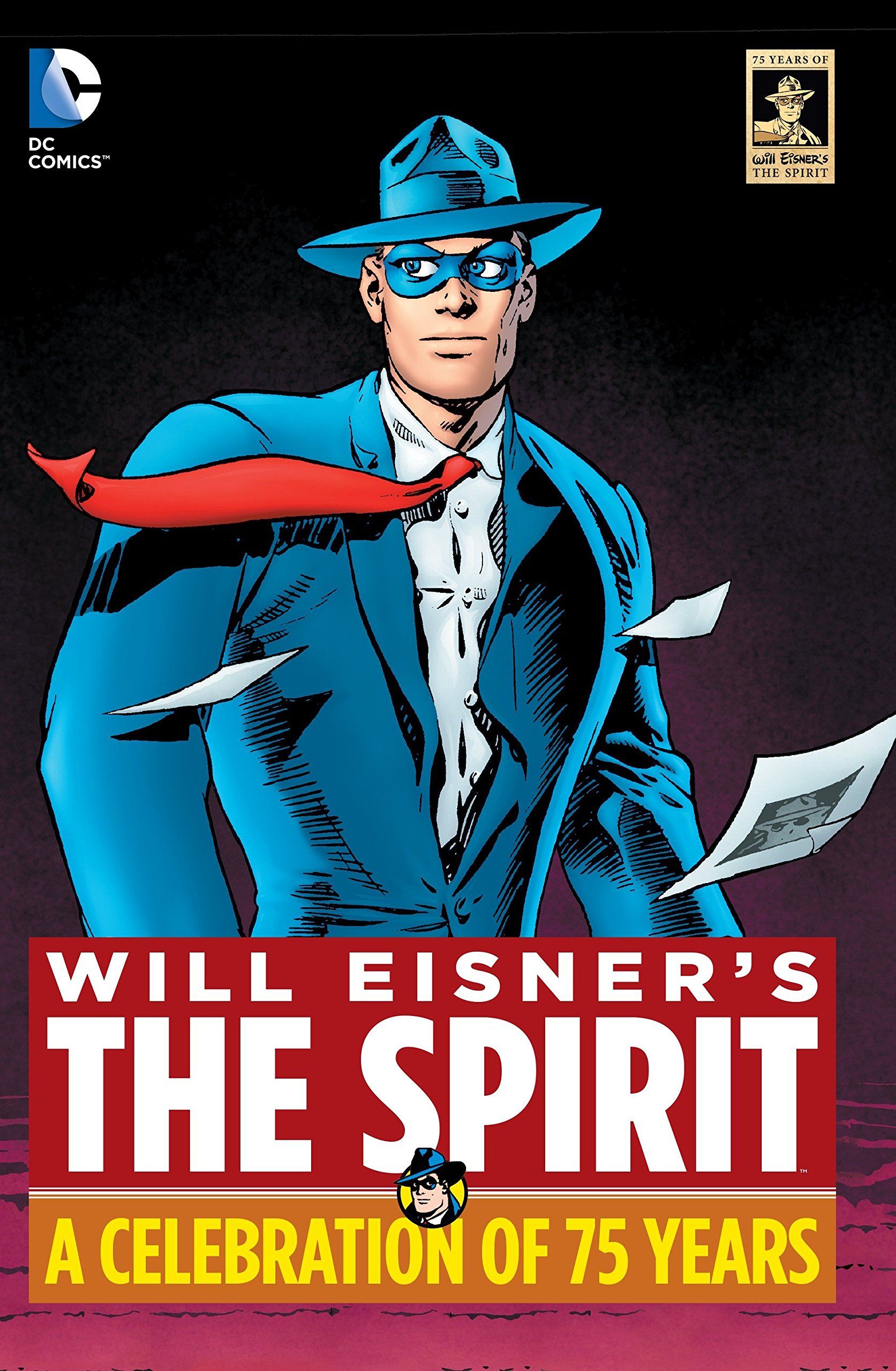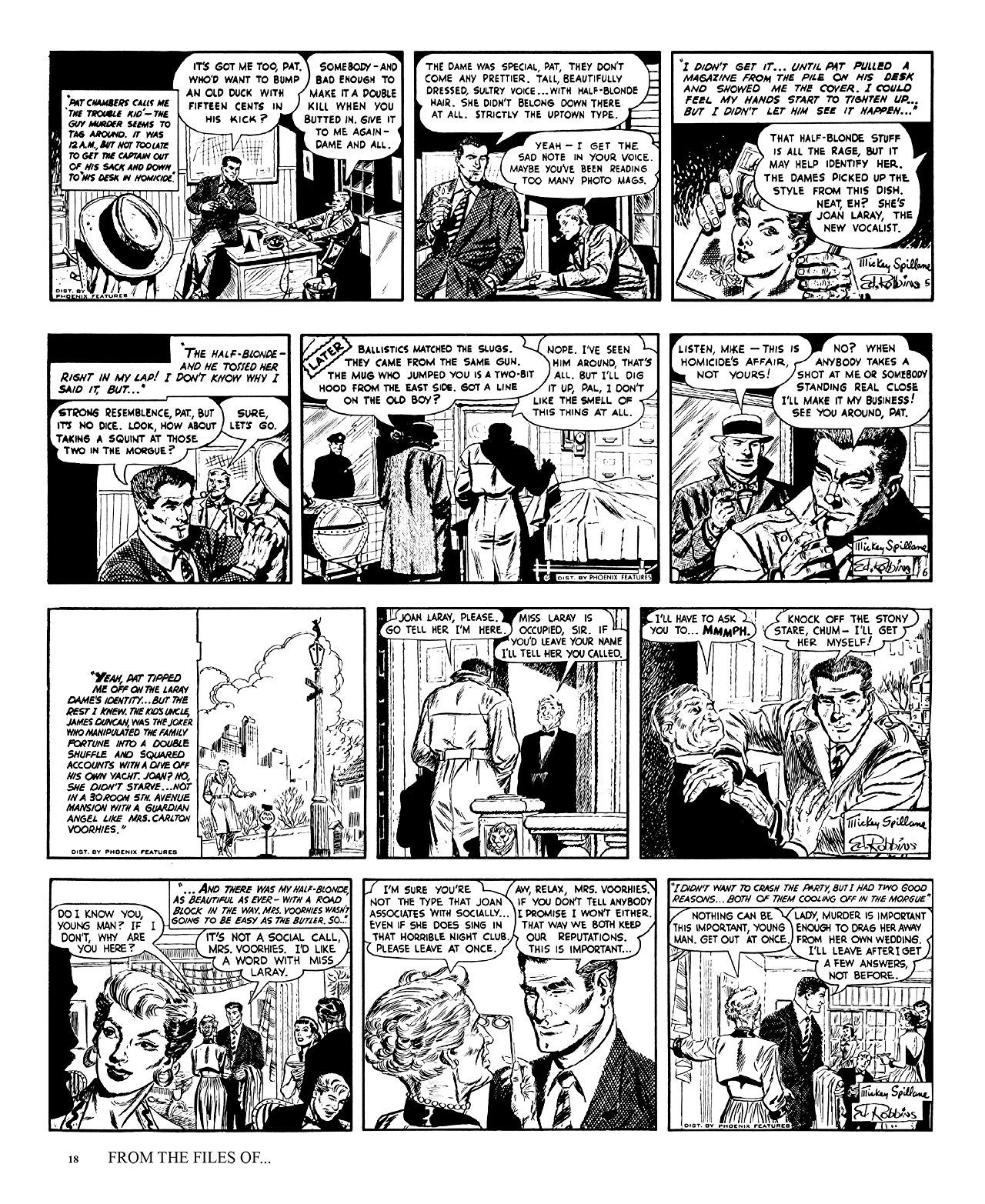Knowledge Waits is a feature where I just share some bit of comic book history that interests me.
Recently, I did a CBR news story about Disney CEO Robert Iger announcing that he will step down as CEO of Disney at the end of his current contract in 2021. This is a pretty big story, considering Iger is one of the most powerful CEOs in the entertainment industry. In any event, my pal, Avash, asked me on Facebook if there was a connection between Bob Iger and Jerry Iger, from the Golden Age of comic books and it turned out that there was a direct connection and, more interesting to me, a direct connection that Iger himself acknowledged in a cool piece of correspondence with the comic book icon, Will Eisner!
Michael Eisner was an executive at ABC in the 1970s when he was recruited by his old boss at ABC, Barry Diller, to become Diller's second-in-command at Paramount Pictures in 1976. Paramount proceeded to hit a hot period in the late 1970s and particularly the early 1980s with major hits in theaters (Grease, Saturday Night Fever, the Indiana Jones film franchise, the Star Trek film franchise and Beverly Hills Cop) and in their TV production wing (where they produced Laverne and Shirley, Cheers and Family Ties and continued to produce their already established mega-hit series, Happy Days). In 1984, at the peak of Paramount's success (they had a shocking four of the top nine highest-grossing films of the year, including two of the top three biggest hits, with their Beverley Hills Cop being the number one movie at the box office that year, Indiana Jones and the Temple of Doom being #3, Footloose at #7 and Star Trek III: The Search for Spock at #9), Diller leveraged that success to become the head of 20th Century Fox (including their plans to launch their own broadcast TV network, which was essentially unheard of back then). For whatever reason, Paramount decided to not give Eisner Diller's job, so Eisner then moved over to Walt Disney and became their CEO in 1984.
Disney was in rough shape in the early 1980s, but Eisner helped steady the ship and through a series of strong developments, rebuilt their floundering animation department with a return to animated blockbusters like The Little Mermaid, Beauty and the Beast and Aladdin. While Eisner wasn't quite as acquisition-heavy as his successor, he still added Capitol Cities/ABC to the the Disney family, as well as ESPN. In the Capitol Cities/ABC deal (Capitol Cities was a small chain of television stations that shocked the world by acquiring the much-bigger ABC in 1985), Disney added a rising executive to their ranks in Robert Iger, who had just been named the President and Chief operating officer of Capital Cities/ABC when it was purchased by Disney in 1996. In 2000, Iger was named as Disney's President and COO. When Eisner was sort of kind of pushed out as CEO of Disney in 2005, Iger took over (Eisner noted that he would not have left quietly had they not hired Iger, who he was a big fan of, as his successor).
Iger has re-shaped Disney since 2005 with a bold series of acquisitions, from Pixar in 2006 to Marvel in 2009 to Lucasfilm in 2012 to their biggest and most recent acquisition, most of Fox, just a little while ago. Iger himself is about ready to step down as CEO in 2021.
So it's well established that this Eisner and Iger are a major part of the entertainment industry. What's interesting, of course, is that this is not the first Eisner and Iger who have made a major mark on entertainment. This is something that also did not escape Bob Iger's attention!
Page 2: [valnet-url-page page=2 paginated=0 text='The original Eisner/Iger']
In 1935, comic books were only just beginning to come out with original material. It was still very difficult to have a successful comic book series made out of original content. One of the comic books that did not work at this time was a book called Wow, What a Magazine! One of its editors was Samuel Maxwell "Jerry" Iger...
and its most prolific contributor was a young writer/artist named Will Eisner.
While Wow did not succeed, it was apparent to both Eisner and Iger that the "Reprint only" model of comic books at the time just could not work long term, as there was only a certain amount of material that could be reprinted. So they formed a studio that would work as a "packaging studio."
This means that they would create entire comic books and then sell the completed comic books to publishers who could then just print the comic book and then collect the profits. They became successful enough that they hired a number of early artists of the Golden Age, but really, the firm was built on the backbone of Eisner's stunning ability to not only produce a ton of work but also quality work in a number of different genres.
Eventually, Eisner decided to get out of the business to launch a new endeavor, a comic book series done as a newspaper supplement. Eisner's The Spirit became one of the biggest superhero characters of the 1940s...
Speaking of the Spirit, my friend Christopher Irving is doing a licensed series of The Spirit trading cards. It is being sold exclusively through Kickstarter. It has already been funded in its first day, so if you want to get this ultra-limited trading card set, check it out here.
The packaging studio era did not last too long after Eisner left, as comic book companies would just cut the middle man out and hire the artists and writers to work for them directly.
Iger then had a small comic strip syndicate, with its biggest hit being a Mike Hammer strip...
Iger then worked in magazine publishing for a while until his death in 1990. Eisner eventually left The Spirit and famously worked on the Army digest, PS, The Preventive Maintenance Monthly, for years before helping to popularize the graphic novel format with his classic A Contract With God (and other works).
In any event, what's fascinating is that Jerry Iger is actually Robert Iger's grand-uncle and the younger Iger actually reached out to Will Eisner in 2001 after reading about Eisner in the Los Angeles Times!
In his seminal work on Eisner's life, Will Eisner: A Spirited Life, Bob Andelman interviewed Iger, who shared with him some of his correspondence with Will Eisner.
Iger wrote to Eisner in 2001 with the following note, "Dear Mr. Eisner, My name is Robert Iger. I am the president of the Walt Disney Company. I just read about you in the Los Angeles Times and was intrigued that you were a partner of my great-uncle, Jerry Iger. It is very strange that there is an Eisner and Iger now - Michael Eisner, chairman of Walt Disney, and myself, and there was an Eisner and Iger then. What an interesting coincidence."
Eisner was intrigued and the two men began corresponding before starting to talk over the telephone, as well.
The two bonded over their respective memories of Iger. The younger Iger recalled, "I had a few things to say about Jerry. I think we both agreed that Jerry was a bit of a bullshitter. And we felt that he had an ability to embellish. I grew up in the 1950s and 60s. Jerry was slick. He was a bit of a dandy, pinstriped suits, always well dressed. Live in New York, dated pretty women. He was smooth. He probably spent more money than he had. He created an aura about himself that he was a bit of a plaboy. He loved women; you could see that in his art. You'd be more apt to see him in a nightclub than anywhere else, certainly not a ballgame."
Eisner recalled their clashes over quality versus quantity. That Iger would admonish him for wanting to spend time making the stuff look good. He would tease Eisner for "wanting to win an art director's award while we're selling frankfurters here. 'Just get the stuff out!'"
In any event, it's a fascinating connection between two eras of entertainment industry.
Thanks to Avash for the suggestion! If anyone else has a suggestion for a piece of comic book history that you'd like to see me write about, drop me a line at brianc@cbr.com!

